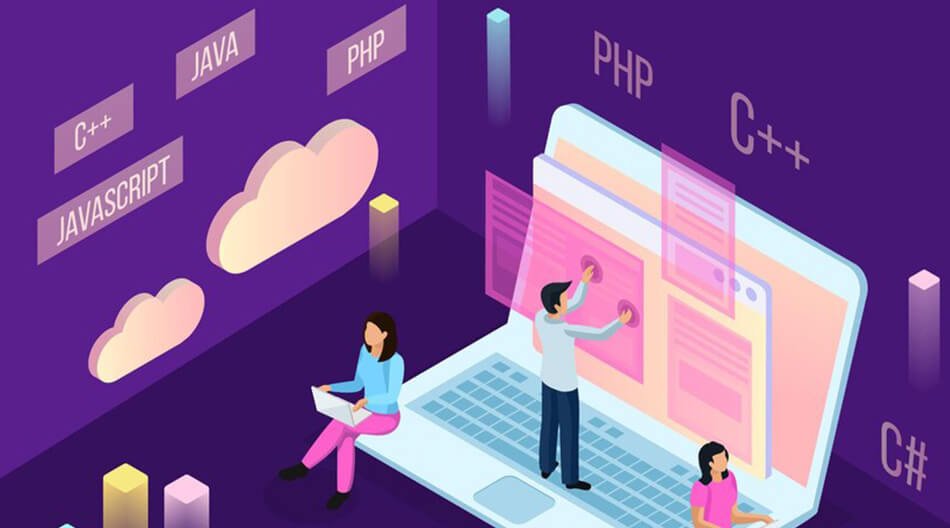Programming languages are the best ways through which humans can interact with machines to prepare an architecture in which billions of lines of code result in an extremely complex software system sitting along with modern technology. The history of programming languages has been a journey across the adventures of innovation, adaptation, and evolution, reflecting the changing needs of society and technology. This blog reveals the evolution of programming languages from their beginnings to the same diverse ecosystem they have today.
The Early Days: Assembly Language and Machine Code
In the early days of computer systems, programming was done with very direct-to-machine codes, the low-level language of binary digits (0, 1). This was inconvenient and error-prone. In the course of developments in hardware capability for computers, assembly language became the abstraction over machine code and was a symbolic representation of instructions. For example, rather than getting a binary sequence, the programmer simply has to key in his mnemonic codes such as ADD or MOV. Assembly programming was a big improvement compared to machine codes, but it was still highly dependent on particular hardware systems, which made it not portable.
The Advent of High-Level Languages
High-level programming languages came into being in the 1950s, making it truly a turning point since a programmer could write codes in almost a human language. They abstracted away the hardware complexities and sponsored portability and ease of use.
- FORTRAN (1957): It is an abbreviation of Formula Translation, and indeed it is the first high-level programming language in the lineage of computing to make computing scientific and engineering more india-efficient by giving a way of quickly solving difficult mathematical problems.
- COBOL (1959): A common business-oriented language was required within COBOL, that is, it should have a sound syntax for general business applications to introduce a syntax resembling English so that a non-engineer could also read codes.
- LISP (1958): One of the early languages used for artificial intelligence research, LISP developed many of the concepts involved in recursion and symbolic computation which is relevant to date.
The Rise of Structured Programming
Structured programming has to do with clarity, logic, and structure that is embedded from the ’60s and ’70s. It brings lots more complex aspects even into today’s software development through loops, conditionals, and modular design.
- C(1972): C is the programming language designed by Dennis Ritchie, the founder of modern programming. With its various and efficient characteristics and ease of transfer, it made its way toward system programming, which includes operating system development-that is UNIX.
- Pascal (1970): Designed by Niklaus Wirth, Pascal was known for inducing the systematic discipline of teaching programming, hence why the language is quite popular in pedagogy.
The Internet Era and Scripting Languages
The spread of the internet, which began in the late 1990s and moved into the early 2000s, began to give birth to a whole new set of programming languages that entered into web development and web scripting.
- JavaScript(1995): Initially created to enrich interactivity on web pages, JavaScript has grown into a full-blown programming language that empowers most modern web applications.
- PHP(1994): PHP has remained very useful in server-side scripting and is particularly pertinent to dynamic pages and dynamic content management systems.
- Python(1991): Popular among programmers for its simplicity and readability, Python has carved a niche for itself in web development, data analysis, and scientific computing.
Conclusion
The role of languages in computer science is to render machines more amenable and functional as time goes by. Such were the simple machine codes of the l940s and the highly specialized programming languages of today, as part of a history that had to evolve with the time alongside the needs of the digital world. There will be many advances yet to come in technology, and they will promise innovative languages that will go a long way in bringing the human creative genius and machine capability closer together.







Leave feedback about this